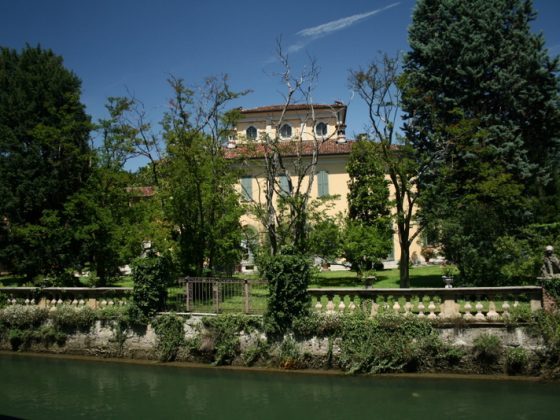The Martesana Naviglio was built in 1443 in response to a request to build a canal to take water from the Adda River in order to provide irrigation and driving force for the mills. In the 15th century, the Naviglio was joined to the inner circle to provide continuous navigation from the River Adda to Milan and from Milan to the Ticino. A special feature of this watercourse is that it runs parallel to an ancient Roman road (state road SS 11 Padana Superiore) along which there were a number of resting places and from which important towns such as Gorgonzola, Inzago, Cassano d’Adda and Vaprio d’Adda emerged. Thanks to the presence of the navigable canal, these centres became places of trade exchange.
For a long time, the canal was mainly used to irrigate the land above the “fontanili” area (from Trezzo d’Adda to Cernusco sul Naviglio) and this led to an evolution of the agrarian structure that produced, especially in the Baroque period, a considerable development of noble villas. The waters of the Martesana Naviglio were also used as driving force for mills and this is demonstrated by the presence of industrial archaeology complexes on the banks of the Adda River and the Martesana (between Trezzo d’Adda and Cassano d’Adda). The Martesana Naviglio is included in both the Adda North Regional Park (“Parco regionale Adda Nord”) and the South Milan Regional Agricultural Park (“Parco Regionale Agricolo Sud Milano”).
